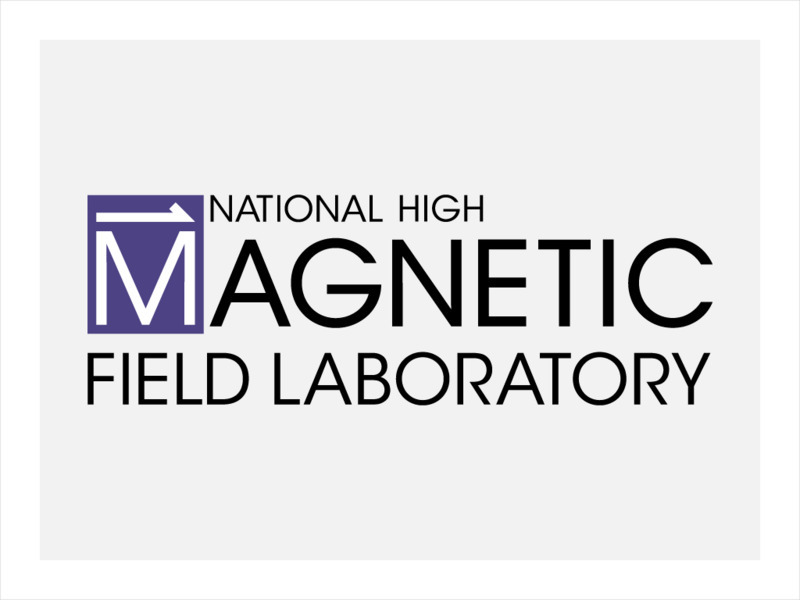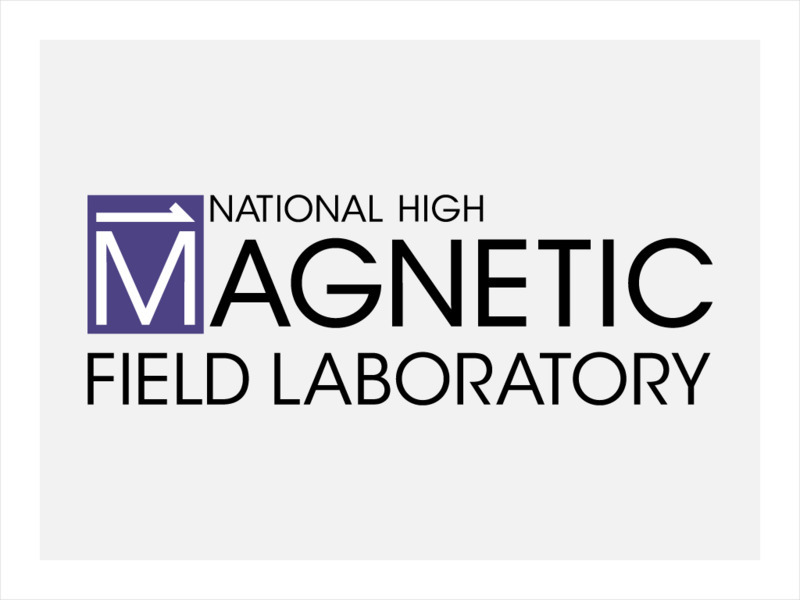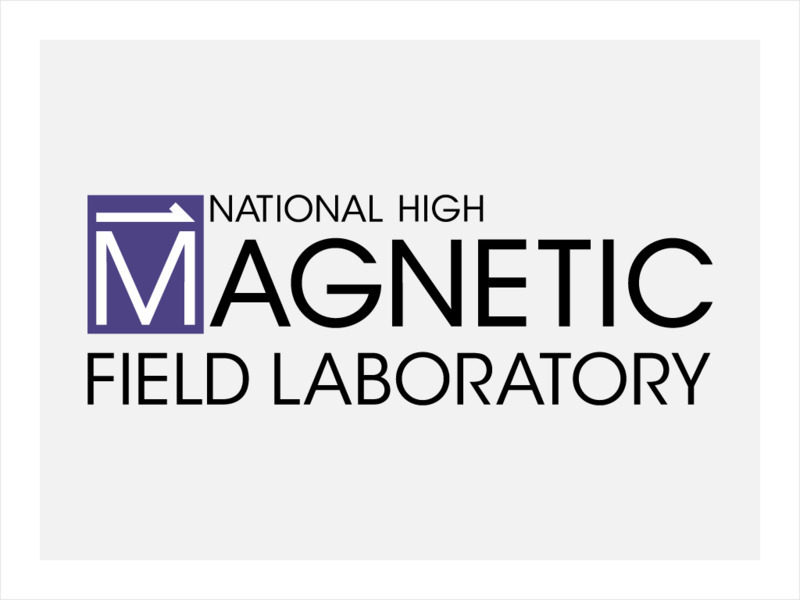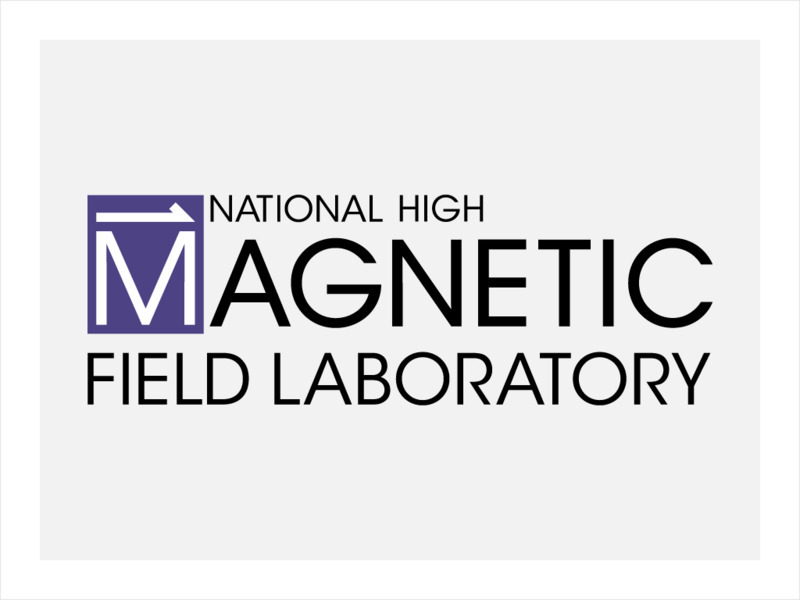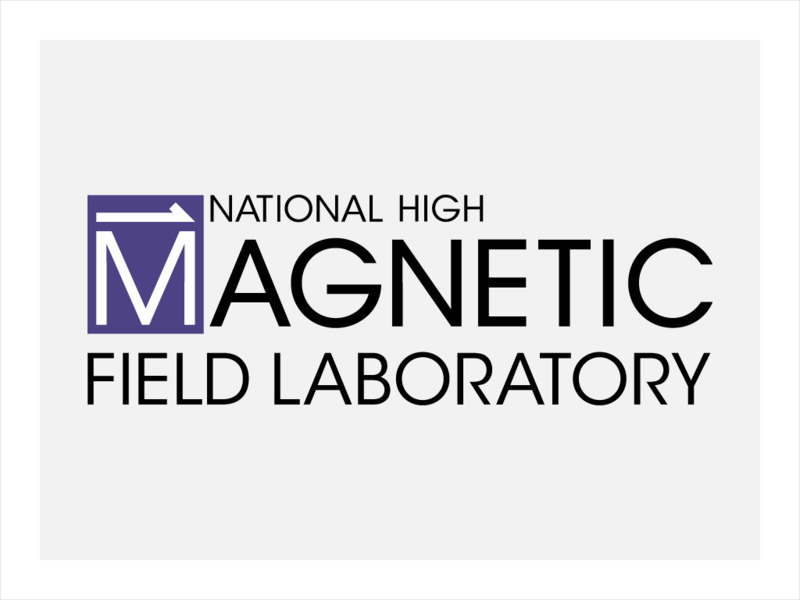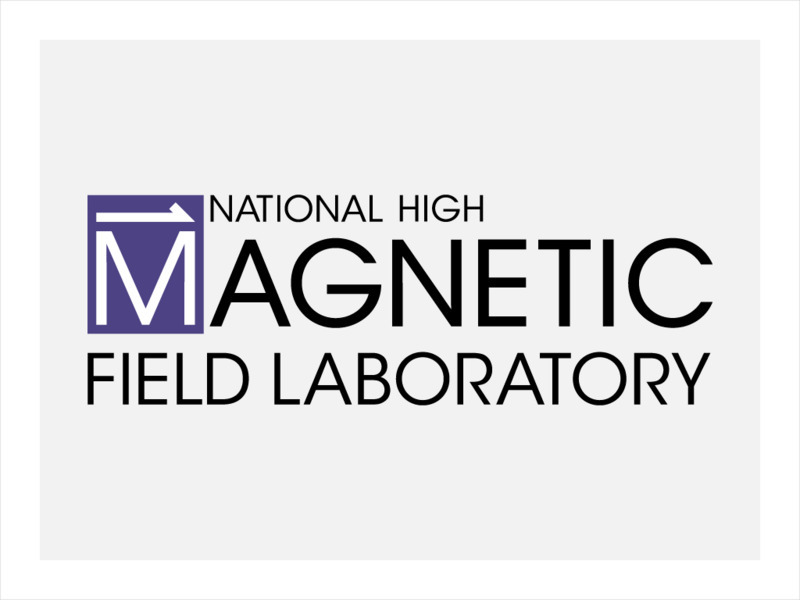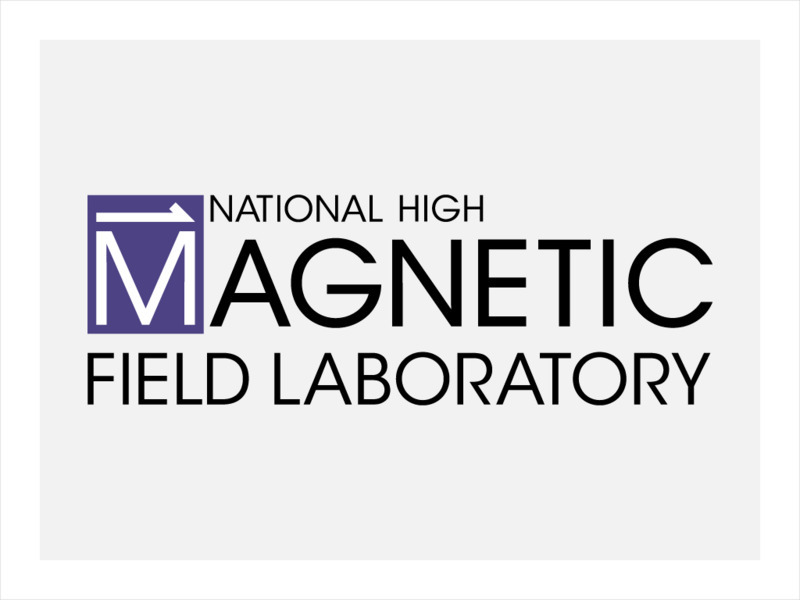National High Magnetic Field Laboratory
Magnet Academy: Bullet Speed
This tutorial takes a shot at explaining how circuits can be used to measure things beyond the capacity of human senses.
National High Magnetic Field Laboratory
Magnet Academy: Barlow's Wheel
English mathematician Peter Barlow devised an instrument in 1822 that built on advances from earlier in the century (including the invention the battery) to create a very early kind of electric motor.
National High Magnetic Field Laboratory
Magnet Academy: Dc Motor
Electric motors turn electricity into motion by exploiting electromagnetic induction.
National High Magnetic Field Laboratory
Magnet Academy: Faraday's Ice Pail
Out of a humble ice pail the great experimentalist Michael Faraday created a device to demonstrate key principles of attraction, repulsion and electrostatic induction. (Java tutorial)
National High Magnetic Field Laboratory
Magnet Academy: Faraday Motor
Just a year after electromagnetism was discovered, the great scientific thinker Michael Faraday figured out how to turn it into motion. (Java tutorial)
National High Magnetic Field Laboratory
Magnet Academy: Electrostatic Generator
Though simple by today's standards, the early electrostatic generators were a great milestone in humankind's understanding of electricity, allowing scientists to produce electricity so they could study it. (Java tutorial)
National High Magnetic Field Laboratory
Magnet Academy: Electromagnetic Induction
In 1831, Michael Faraday carried out numerous experiments to prove that electricity could be generated from magnetism. He not only demonstrated electromagnetic induction, but also developed a good conception of the processes involved....
National High Magnetic Field Laboratory
Magnet Academy: Electricity Meter
When electricity became available to the masses, utilities needed meters to record customer usage. This early 20th century model resembles many in use today. (Java tutorial)
National High Magnetic Field Laboratory
Magnet Academy: Mass Spectrometer (Dual Sector)
Mass spectrometers are machines that give scientists a look at the composition and origin of a material by analyzing and quantifying its atoms and molecules. This tutorial shows how a dual sector mass spectrometer works. (Java tutorial)
National High Magnetic Field Laboratory
Magnet Academy: Magnetic Domains
In ferromagnetic materials, smaller groups of atoms band together into areas called domains, in which all the electrons have the same magnetic orientation. That's why you can magnetize them. See how it works in this Java tutorial.
National High Magnetic Field Laboratory
Magnet Academy: Deionization
The magnets here at the lab can generate massive amounts of heat. To cool them off, we need massive amounts of water. But first, we have to take the ions out.
National High Magnetic Field Laboratory
Magnet Academy: Magnetic Field Around a Wire, Ii
A handful of iron filings helps visualize the invisible magnetic field that circulates around a wire with a current running through it. (Java tutorial)
National High Magnetic Field Laboratory
Magnet Academy: Leyden Jar
These devices, though quite humble, represented a tremendous breakthrough in the history of electricity; they were the first capacitors, and as such were able to store electric charge. (Java tutorial)
National High Magnetic Field Laboratory
Magnet Academy: Kelvin Water Dropper
The legendary Lord Kelvin made electricity from water with this ingenious electrostatic generator. (Java tutorial)
National High Magnetic Field Laboratory
Magnet Academy: Inductive Reactance
Like resistance, reactance slows an electrical current down. Explained by Lenz's Law, this phenomenon occurs only in AC circuits. (Java tutorial)
National High Magnetic Field Laboratory
Magnet Academy: Inductive Pendulum
Get the swing of electromagnetic induction with this simple tutorial. (Java tutorial)
National High Magnetic Field Laboratory
Magnet Academy: Induced Current
A current can be induced in a conducting loop if it is exposed to a changing magnetic field. (Java tutorial)
National High Magnetic Field Laboratory
Magnet Academy: Ignition Coil
Ladies and gentlemen, start your engines and learn about the ignition coil, a type of step-up transformer, key (no pun intended) to the operation of your car. (Java tutorial)
National High Magnetic Field Laboratory
Magnet Academy: Right and Left Hand Rules
No fancy movement in this tutorial, but these rules come in very handy when trying to understand some of what's going on in our other tutorials.
National High Magnetic Field Laboratory
Magnet Academy: Hall Effect
When a magnetic field is applied perpendicular to the flow of current, the field causes resistance in the current. This is the Lorentz force at work, and can be observed well in the Hall effect. (Java tutorial)
National High Magnetic Field Laboratory
Magnet Academy: Lissajous Figures on an Oscilloscope
This Java tutorial is a three-dimensional simulation of a cathode ray oscilloscope producing Lissajous figures as it compares sinusoidal voltages.
National High Magnetic Field Laboratory
Magnet Academy: Maglev Trains
Maglev trains are making history right now.
National High Magnetic Field Laboratory
Magnet Academy: Mirror Galvanometer
Invented by William Thomson (who later became Lord Kelvin for such clever acts as this), the mirror galvanometer was a useful instrument that played a key role in the history of the telegraph. (Java tutorial)
National High Magnetic Field Laboratory
Magnet Academy: Microwaves
What makes those kernels pop inside your microwave? A whole lot of water interacting with a whole lot of high-frequency electromagnetic waves. (Java tutorial)






